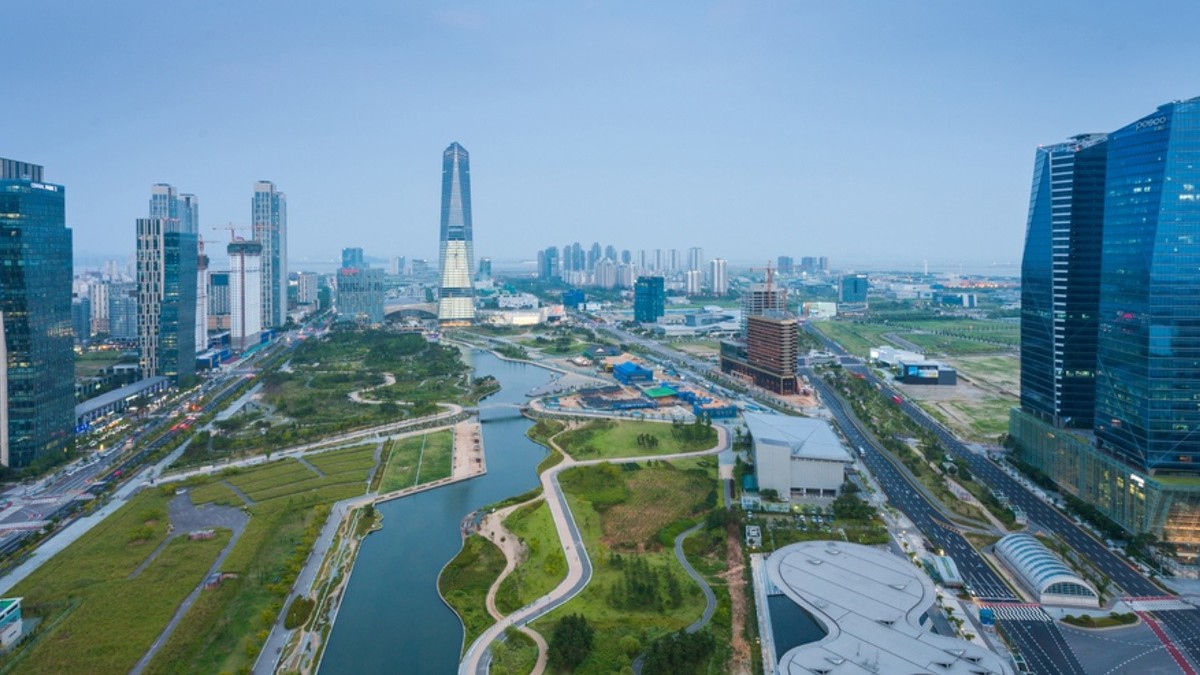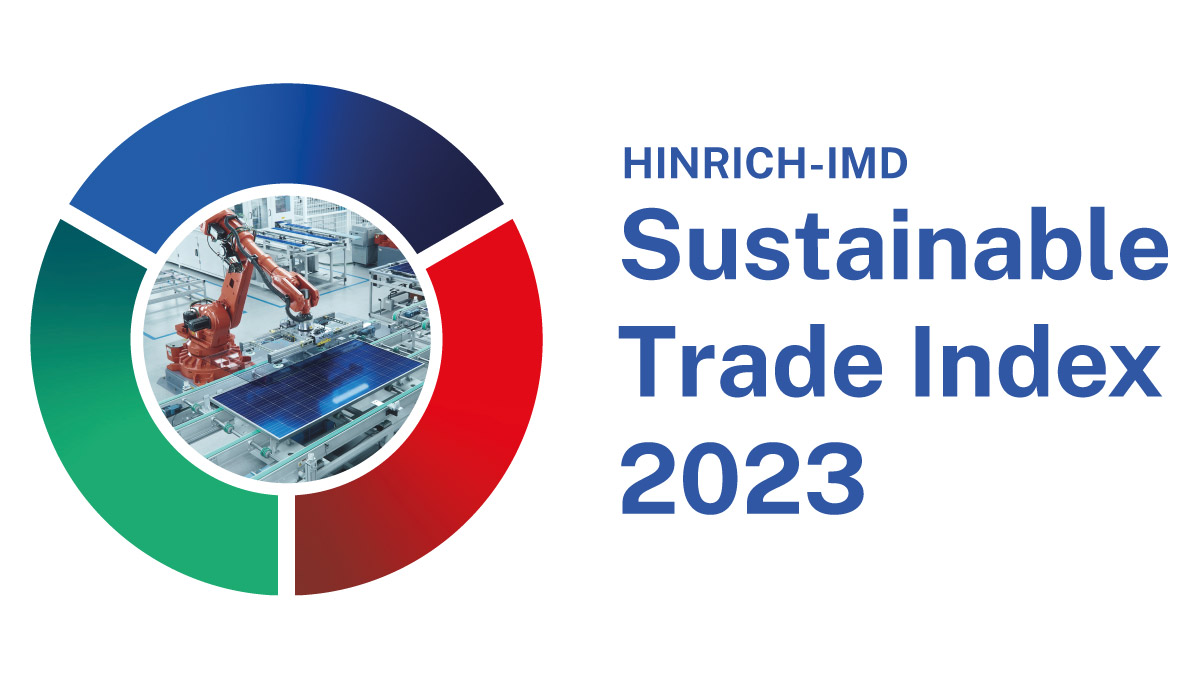Published 21 June 2016 | 4 minute read
It is well understood that trade has been a remarkable engine of economic growth and development, lifting hundreds of millions out of poverty since the birth of the modern trade system in Bretton Woods more than six decades ago.
But how can a country trade sustainably, and deliver not only balanced economic benefits to its citizens, but also strengthen social capital and provide responsible environmental stewardship?
At least some of the answers can be found by looking at the experiences of countries that have made policy choices that have enabled them to trade sustainably.
But first, for the sake of clarity, let’s start with the concept of sustainable trade, which is sometimes mistakenly thought to encompass only environmental issues. In reality, the definition of sustainability is quite a bit broader, including the three pillars of: 1) economic growth, 2) social equity, and 3) environmental protection, or what has come to be known in short-hand as the triple bottom line of profits, people, and planet – each very dependent on the other. This concept of sustainability was first laid out in a landmark report issued by the UN’s Bruntland Commission in 1987.
Why is trade sustainability important? First and foremost, without sustainable trade policies in place, the economic gains from trade will inevitably dwindle, while the social and environmental costs of trade grow intolerable. We’ve seen examples of countries that capitalized in the short-term on commodity exports but failed to invest in the creation of an educated workforce or provide proper environmental stewardship — only to be laid low by a drop in commodity prices or the exhaustion of that natural resource.
A more sustainable trade policy would balance long-term resilience with short term goals, recognize the need for a more diversified export mix, invest in technology, and have low barriers to trade. Such a policy would strengthen social capital by creating a high quality educational system, providing strong labor standards, and striving towards low income inequality. A truly sustainable trade policy would also avoid on over-reliance on natural resource, commit to high environmental standards in trade agreements, and limit air and water pollution.
The importance of getting these polices right would be hard to overstate. Multilateral development agencies closely evaluate the sustainability of a country’s trade policies when deciding on critical aid packages and other forms of assistance or capacity building. And foreign corporations evaluate many of the same issues when deciding where to invest their capital, technology, and know-how – all vital ingredients necessary for any country trying to move up the development ladder.
So, which countries have managed to get it right when it comes to sustainable trade? For the first time, we have a tool which attempts to shed some light on this question. The Hinrich Foundation Sustainable Trade Index, produced by the Economist Intelligence Unit, has ranked 19 Asian countries, plus the US as a benchmark, across a variety of indicators under each of the three pillars of sustainability: economic, social, and environmental.
Singapore – a country which has succeeded in delivering substantial benefits to its citizens across all three pillars — came out at the top of the 2016 edition of the index, with South Korea close behind. While Singapore’s economic development strategies have been widely admired and emulated, its equal commitment to developing human capital and environmental stewardship have helped propel it to the top of the index. South Korea’s targeted development strategies, especially with regard to heavy industries and consumer electronics, have produced impressive economic results, but what sets the country apart is commitment to strengthening social capital. Indeed, South Korea was ranked number one on the social pillar, reflecting its low income inequality, high levels of educational attainment, and strong labor standards.
The less developed countries of the region, including Bangladesh, Myanmar, and Pakistan, found themselves closer to the bottom. While each has the potential to trade more sustainably, to raise their ranking they’ll need to do better on a host of issues, including a more diversified export mix and an intensified commitment to develop human capital.
While it’s no surprise that the wealthier countries came out towards the top end of the index, with the less developed countries towards the bottom, what is noteworthy is that several countries either over-performed or under-performed relative to their income ranking. South Korea, Vietnam, and Cambodia were all over-performers, while China was the most notable underperformer, at least partially reflecting the environmental challenges its rapid growth has brought.
The true value of the index, however, lies not in getting fixated on whether one country “beat” another country in the rankings, but rather in looking at the experiences and policies of those countries that have done well to see if there is anything of use that may be applied in a local context. The index is not a sports “scorecard”, and it certainly does not presume to provide all the answers. It simply provides a framework for discussing and debating the policy choices that are likely to lead to greater trade sustainability.
What is at stake? Despite the undeniably significant benefits trade has delivered, it’s no secret that civil society support for trade is dropping in many countries, and protectionist tendencies are on the rise. A variety of criticisms – some valid, some not – have been leveled against trade. Much of this trade discontent reflects the fact that we haven’t made enough progress in addressing the economic, social, and environmental pillars of sustainability. Developing greater sustainability in our trade policies – and greater balance across the three pillars — is one way to help build greater civil society support for trade – and all the benefits it brings.
© The Hinrich Foundation. See our website Terms and conditions for our copyright and reprint policy. All statements of fact and the views, conclusions and recommendations expressed in this publication are the sole responsibility of the author(s).


